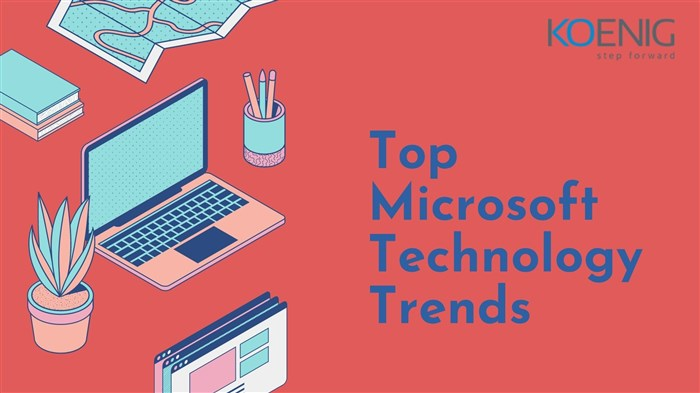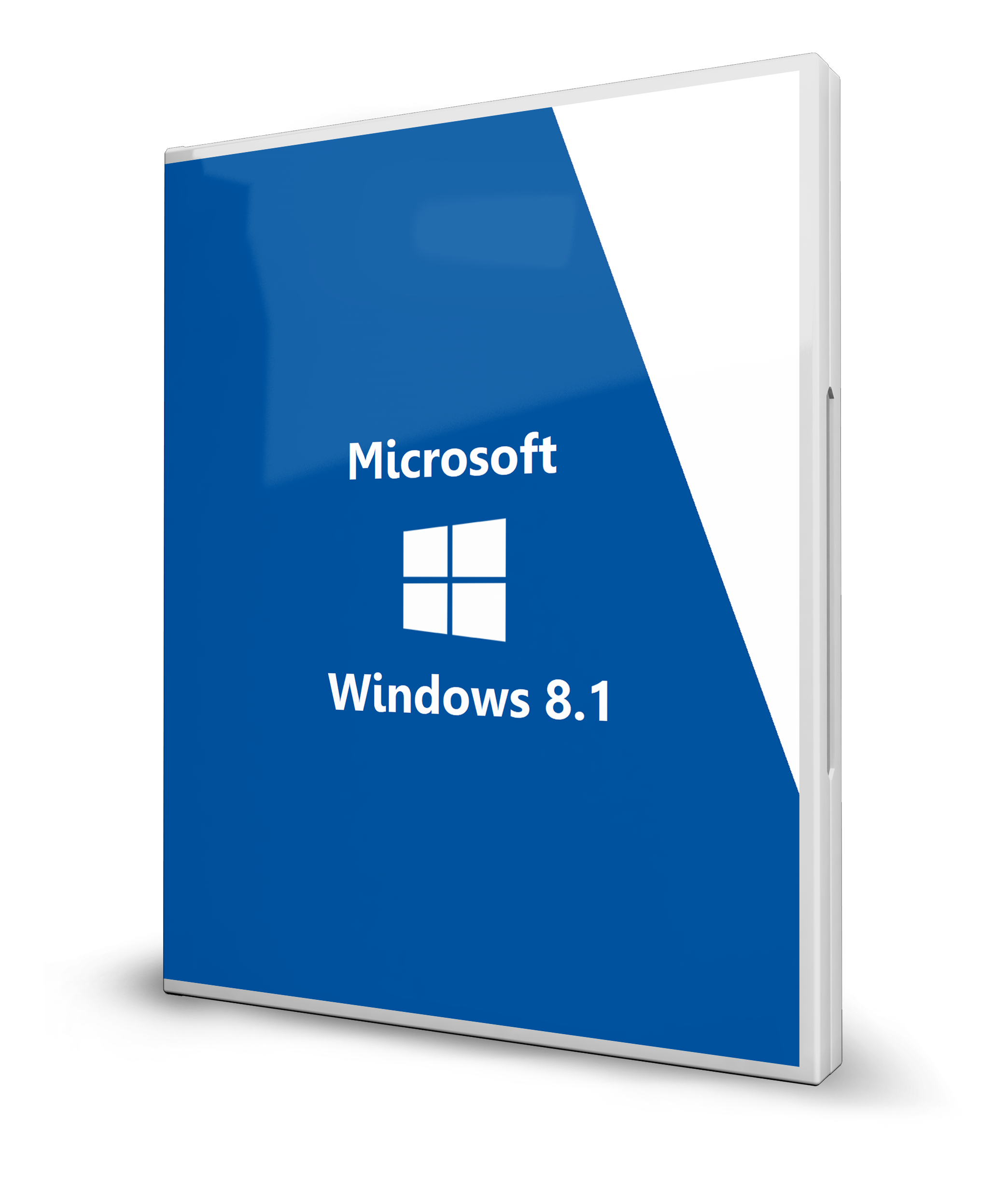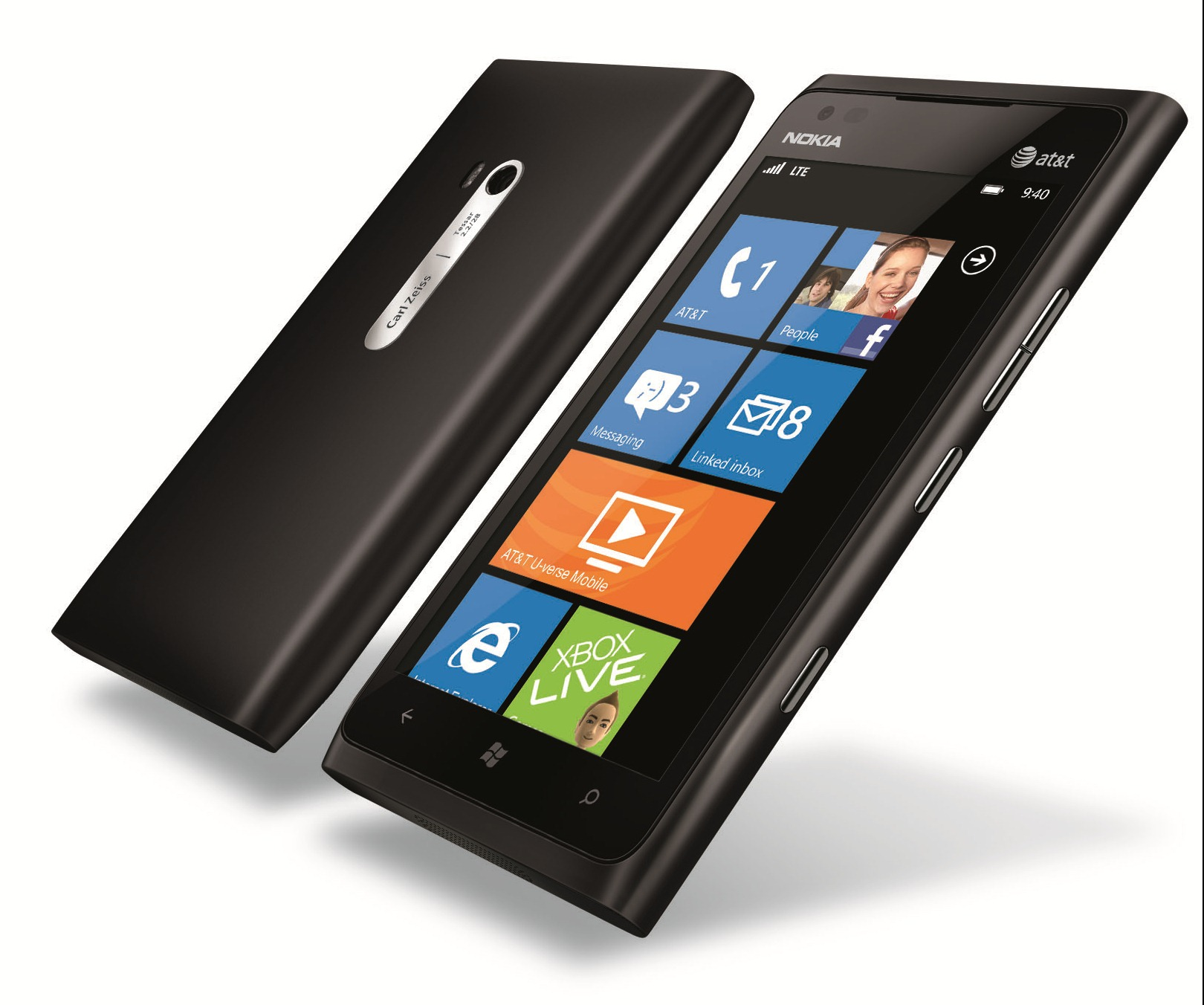In the ever-evolving landscape of technology, **Microsoft technology trends** are pivotal in shaping the direction of both consumer and enterprise solutions. As we delve into 2010, one can’t help but observe the shifting dynamics where Microsoft’s prominence, especially after the boom of Windows 7, faces stiff competition from new players entering the market. With an increasing focus on mobile tech competition and new interoperability standards, the tech giant must adapt to retain its influence. Meanwhile, the consumer technology shifts hint at a growing demand for innovation and user-centric experiences that outshine traditional offerings. Thus, amidst these challenges, Microsoft technology trends emerge as a crucial focal point for understanding the future of our digital ecosystem.
As we explore the emerging landscape of technology advancements, Microsoft’s evolving role presents an intriguing narrative for tech enthusiasts. The focus has notably shifted from the company’s past flagship products to more contemporary developments that include mobile innovations and the adherence to interoperability guidelines. With the rise of competitors in mobile tech, the implications of consumer preferences are increasingly evident, warranting a broader discussion about Microsoft’s strategic responses. Additionally, the impact of Windows 7 has catalyzed discussions about user experience, while the prominence of new players complicates established norms. Therefore, examining Microsoft’s trajectory offers valuable insights into the broader shifts occurring within the tech industry.
The Impact of Microsoft’s Interoperability Standards
In 2010, Microsoft has made a significant commitment to embrace new interoperability standards, which could reshape the technology landscape. These standards are designed to ensure that software and hardware from different vendors work seamlessly together, facilitating a more integrated user experience. This shift is particularly crucial in a time when consumers and businesses are increasingly seeking systems that can communicate efficiently across various platforms. By prioritizing interoperability, Microsoft is not only demonstrating its responsiveness to evolving technology trends but is also reinforcing its role in the long-term viability of PC ecosystems.
The adoption of interoperability standards could serve as a pivotal competitive advantage for Microsoft, particularly in an environment where mobile technology competition is on the rise. By ensuring that Windows and other Microsoft products can work smoothly with external applications and devices, the company can regain a foothold in domains where it has previously lost ground. As consumer technology shifts increasingly favor seamless integration and connectivity, Microsoft’s adherence to these standards may be crucial for retaining existing users and attracting new ones.
Windows 7: A Turning Point for Microsoft
The launch of Windows 7 in 2009 marked a remarkable turning point for Microsoft, setting the stage for its strategies in 2010 and beyond. Unlike its predecessor, Vista, which was met with widespread criticism, Windows 7 was praised for its improved performance and user interface. This positive reception helped to re-establish Microsoft’s dominance in the operating system market and renewed interest in its offerings. As businesses and consumers alike adopted Windows 7, it highlighted the ongoing necessity of Microsoft in educational and corporate environments, despite emerging competitors.
Yet, in the broader context of consumer technology shifts, the success of Windows 7 cannot overshadow the growing concerns over Microsoft’s impact on the mobile technology sector. Its failure to launch a new Windows Mobile operating system caused a significant shift in user loyalty toward alternative platforms, primarily led by Apple and Google. Although Windows 7 represents a comeback in desktop solutions, Microsoft must now strategically enhance its mobile presence to maintain relevance in today’s digital landscape.
Consumer Technology Shifts: The Rise of Competitors
The past few years have shown a notable shift in consumer technology preferences, with a growing appetite for innovation from startups and established giants alike. As industry leaders like Google and Apple capture more market share, Microsoft’s role as the sole innovation driver has come into question. The emergence of quality alternatives has prompted users to reconsider their reliance on Microsoft products, especially as features and utility seem to far surpass expectations in newer models from competitors.
This shift also indicates a potential for consumer technology trends where choice and flexibility will reign supreme. As users continue to demand increased customization and functionality from their devices, it will be imperative for Microsoft to adapt to these evolving expectations. If the company fails to respond adequately, it risks losing its grip on the market, particularly in the face of increased competition from competitors who prioritize innovation and user experience.
Mobile Technology Competition: Challenges Ahead for Microsoft
The landscape of mobile technology competition has drastically changed with the ascension of smartphones and tablets. For Microsoft, the competition posed by Apple and Google presents both threats and opportunities. The perceived advantage that Apple holds with its iPhone and Google with Android OS highlights Microsoft’s struggle to maintain relevance in this fast-paced market. As users continue to adopt mobile technologies, the lack of a strong mobile operating system from Microsoft may hinder its ability to secure a place in consumers’ lives.
To counter this growing competition in mobile technology, Microsoft must ensure that its upcoming strategies prioritize mobile integration within its product line. A focus on developing a compelling mobile platform, alongside strong interoperability with existing services, can help to close the gap with competitors. Without immediate and deliberate action, Microsoft risks becoming an afterthought in a pivotal market that is increasingly defining technological advancement and consumer behaviors.
The Future of Microsoft in an Evolving Tech Landscape
As we move into 2010 and beyond, the question arises: what role will Microsoft play in the unfolding technology narrative? With its traditional strength in the PC market being challenged, the company faces an imperative to innovate and expand its offerings. This means not only upgrading its flagship products but also adapting to the changing demands of users, who are increasingly influenced by trends in mobile and cloud computing.
At the same time, Microsoft must not only address its shortcomings but also leverage its successes, such as the positive reception of Windows 7. By delving deeper into interdisciplinary approaches and recognizing the need for consumer-oriented technologies, Microsoft can forge a path that fosters growth while adapting to broadening competitive landscapes. Focusing on collaboration with other tech stakeholders and maintaining a keen awareness of market trends will be vital as the company navigates its future.
Interoperability Standards and Market Dynamics
In today’s technology market, interoperability standards play a critical role in shaping how consumers and businesses select their software and hardware. These standards facilitate seamless experience across diverse platforms, encouraging users to adopt solutions that can integrate with multiple devices effectively. For Microsoft, adhering to these interoperability norms is essential to sustain its influence in an increasingly competitive environment where technological synergy is a key differentiator.
Moreover, interoperability not only impacts consumer choice but also defines market dynamics by compelling companies to prioritize compatibility over proprietary systems. This trend encourages collaboration among technology firms, ensuring that innovations are geared toward enhancing user engagement rather than simply reinforcing existing silos of technology. Microsoft’s commitment to interoperability could serve as a double-edged sword; while it opens pathways for collaboration, it also presents challenges as the tech giant navigates the waters of compliance with rapidly evolving industry standards.
Consumer Preferences Shaping the Tech Landscape
As consumer preferences continue to evolve, it is paramount for technology companies like Microsoft to stay attuned to the changing tides. The emergence of social media, mobile access, and user-friendly applications has shifted the expectations of users, who now prioritize seamless functionality, personalization, and enhanced experiences. Companies that can effectively tap into these emerging consumer trends will likely capture greater market share and establish brand loyalty.
Furthermore, understanding consumer technology shifts means recognizing the specific needs and demands of distinct user groups. For Microsoft, this may entail diversifying its product range to cater to specific demographics and use cases, especially in areas where mobile technology is gaining traction. By leveraging data analytics and user feedback, Microsoft can align its offerings with consumer expectations, ultimately shaping a future where the company remains a key player in the evolving tech landscape.
The Tech Journalist’s Dilemma: Focus on Microsoft or Broaden Perspectives?
As we enter 2010, tech journalists find themselves at an important crossroads: should the focus remain predominantly on Microsoft, or is it time to expand the scope of coverage to include a broader range of emerging technologies? Microsoft has long been a bellwether in the technology space, yet a critical examination of the dynamics suggests that an inclusive approach may provide more comprehensive insights into the industry’s trajectory.
Focusing on Microsoft can yield valuable analysis regarding its performance and responses to competitive pressure. However, neglecting the rich tapestry of innovations from smaller companies could miss vital developments that are redefining technology solutions. By embracing a broader perspective, journalists can effectively capture the many shifts in consumer technology, elucidating the nuanced relationships between established players like Microsoft and innovative disruptors entering the market.
Navigating Microsoft’s Role in a Competing Ecosystem
In light of shifting consumer technology dynamics, the role of Microsoft must be viewed through the lens of its current position within a broad tech ecosystem. The traditional dominance the company has enjoyed is being challenged, not just by competitors but also by changing user expectations and the rapid pace of innovation. Recognizing this competitive landscape requires an appreciation of how Microsoft’s technological advancements can harmonize with or diverge from emerging technologies.
Furthermore, understanding interoperability standards may guide Microsoft’s strategy over the forthcoming years. Its ability to integrate effectively with other platforms while retaining a unique value proposition will determine its relevance to consumers. Striking this balance will define Microsoft’s success as it navigates a landscape marked by fierce competition and evolving consumer demands.
Frequently Asked Questions
What are the key Microsoft technology trends to watch in 2010?
In 2010, key Microsoft technology trends include a continued emphasis on interoperability standards for PCs, which is crucial as the company seeks to regain market presence in mobile technology. The successful launch of Windows 7 has changed the narrative around previous versions, moving the focus away from Vista, while competition with mobile tech, particularly from Google and Apple, will shape consumer preferences.
How did Windows 7 impact Microsoft’s strategy moving into 2010?
Windows 7 significantly improved Microsoft’s image as it offered a user-friendly experience compared to Vista. This shift allows Microsoft to pivot its focus towards enhanced interoperability standards and recovering lost ground in the mobile tech competition, thus influencing strategic decisions as 2010 unfolds.
What role does consumer technology shift play in Microsoft’s future?
The consumer technology shift towards mobile devices and user-friendly applications heightens the competition Microsoft faces. As consumers increasingly lean towards platforms like Google and Apple, Microsoft must innovate and adapt to maintain relevance in the marketplace amidst these pressing technology shifts.
How does mobile tech competition affect Microsoft’s position in 2010?
Mobile tech competition is a significant challenge for Microsoft in 2010, especially after the lack of a new Windows Mobile release in 2009. This absence has catalyzed a shift in consumer interest toward competitors like Google and Apple, urging Microsoft to rethink its mobile strategy and seek innovative solutions to reclaim market share.
Why is interoperability important for Microsoft’s technology trends?
Interoperability is crucial for Microsoft’s technology trends as it ensures seamless integration among various platforms and services. By adhering to interoperability standards, Microsoft can foster collaboration across different operating systems, enhancing user experience while regaining trust from developers and consumers alike.
What challenges does Microsoft face in light of recent consumer technology trends?
Amidst recent consumer technology trends, Microsoft faces challenges such as intensifying competition from mobile tech giants and the overwhelming preference for alternative browsers over Internet Explorer. These challenges highlight the necessity for Microsoft to rethink their strategies concerning consumer engagement and technological advancements.
Should companies still prioritize Microsoft technology trends in their strategies?
Yes, despite emerging competitors, companies should still prioritize Microsoft technology trends, particularly around interoperability and software solutions. Microsoft’s established user base and continual evolution with products like Windows 7 suggest it remains a significant player in the tech industry.
How is Microsoft adapting to shifts in consumer technology preferences?
Microsoft is adapting to shifts in consumer technology preferences by committing to interoperability standards and enhancing its software offerings. With the increasing competition in the mobile sector, Microsoft is also likely to redirect efforts towards innovative solutions that better meet consumer demands.
| Key Points | Details |
|---|---|
| Microsoft Interoperability Standards | Microsoft promises new interoperability standards for PCs, reflecting an adaptation to market demands. |
| Shifting Focus in Technology | The tech landscape is becoming competitive with many players, indicating a shift in both consumer and business technology priorities. |
| Microsoft’s Challenges | Despite the success of Windows 7, the lack of innovation in Windows Mobile pushed consumers to seek alternatives, particularly from Google. |
| Browser Competition | There is a growing desire among users, especially in Europe, to find alternatives to Internet Explorer, illustrating a shift in consumer preferences. |
| Future Focus | Journalists are reevaluating whether to focus on Microsoft as a central figure in technology news or to explore emerging alternatives. |
Summary
Microsoft technology trends indicate significant shifts in the tech landscape, warranting attention for the upcoming year. With the advent of new interoperability standards, and a noticeable pivot in consumer interest toward competitors like Google, the relevance of Microsoft is being closely scrutinized. The increasing tendency for users to seek alternatives, particularly in the mobile space, highlights a changing paradigm where Microsoft must innovate to maintain its position. In 2010, the decisions made by Microsoft will play a crucial role in shaping the future of technology, but the mounting competition suggests that a broader perspective may be necessary for a comprehensive understanding of industry dynamics.



